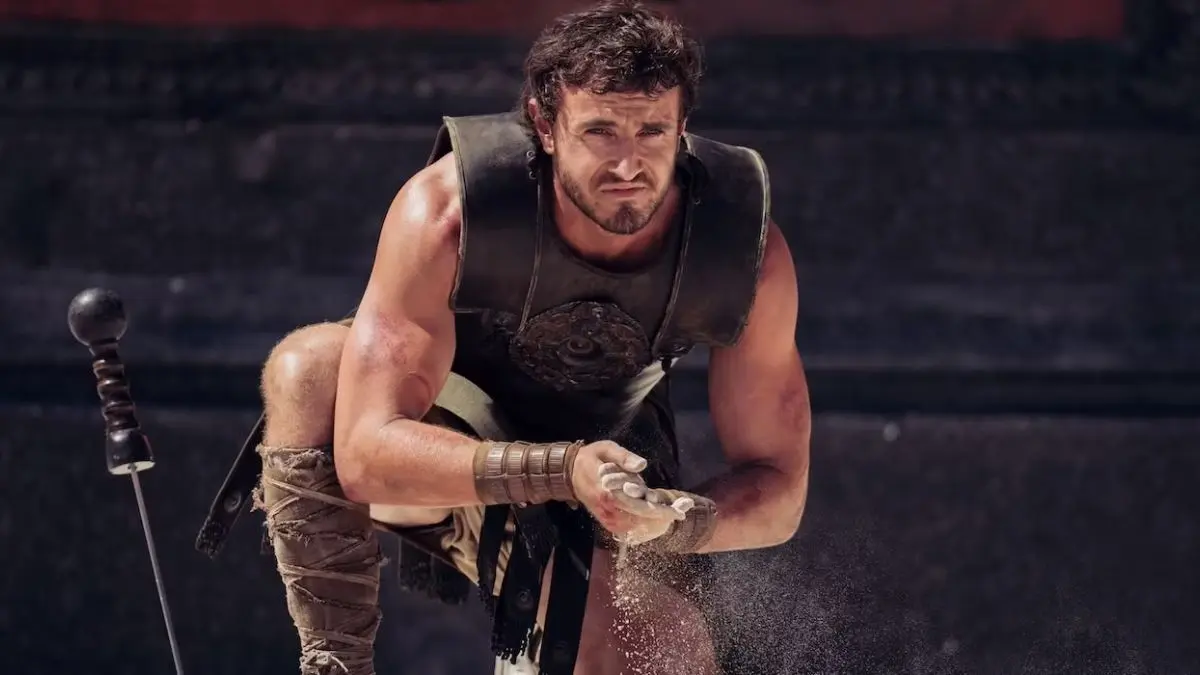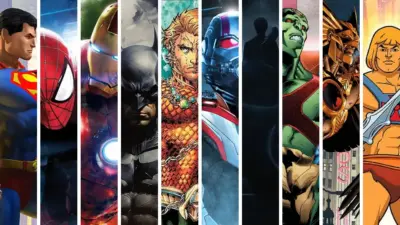When it comes to expanding a story, filmmakers often find themselves at a creative crossroads: Should they craft a sequel that pushes the narrative forward or a prequel that dives into the past? While both approaches have their merits, the debate over which better enhances the original work continues to divide fans and critics alike. Let’s delve into the fascinating world of sequels and prequels, exploring their strengths, weaknesses, and the unique ways they contribute to storytelling.
What Are Sequels and Prequels?
Before we dive into comparisons, let’s get our definitions straight. A sequel is a continuation of a story that picks up where the original left off, offering fans more of the characters and world they love. Think The Dark Knight following Batman Begins. A prequel, on the other hand, takes us back in time to explore events that occurred before the original story. Examples include Star Wars: Episode I – The Phantom Menace or Fantastic Beasts and Where to Find Them.
Both formats are designed to expand the universe of the original, but they do so in fundamentally different ways. The question is: Which approach succeeds in elevating the original story?
The Allure of Sequels: Expanding the Story
Sequels have a natural advantage—they feed the audience’s craving for more. After all, when viewers fall in love with a story, they want to see what happens next. Here’s why sequels often succeed in adding value to the original:
1. Character Growth and Development
Sequels give writers the opportunity to deepen characters and take them on new journeys. Take Toy Story 3, for example. While the original Toy Story introduced us to Woody and Buzz, the sequel explored their evolving relationships and what it means to grow up. Fans often find themselves more emotionally invested as characters face new challenges and transformations.
2. Bigger Stakes and Broader Worlds
Sequels often raise the stakes, introducing bigger conflicts and expanding the universe. Look at Avengers: Endgame. It built on over a decade of storytelling, culminating in an epic showdown that dwarfed the original Avengers. These larger-than-life moments make sequels feel monumental, leaving a lasting impression.
3. Fan Service Done Right
Let’s not forget the power of nostalgia. Sequels that bring back beloved characters, locations, or catchphrases often generate a sense of continuity that fans adore. Done well, this kind of fan service can elevate the original by tying together loose ends or delivering on promises made in earlier installments.

The Challenges of Sequels: When More Isn’t Better
Of course, not all sequels hit the mark. Many fail to live up to the original, leaving fans disappointed. Here’s why:
1. Repetition of Themes
Sometimes, sequels struggle to justify their existence, rehashing old conflicts instead of introducing fresh ideas. This can make the original feel like it told the entire story, rendering the sequel unnecessary (*Looking at you, Jurassic World: Dominion).
2. Overstuffed Storylines
With the pressure to go bigger and better, sequels can become overly ambitious, cramming in too many subplots and characters. This often leads to a bloated narrative that lacks focus.
3. Unresolved Expectations
Fans enter sequels with high hopes, especially if the original was groundbreaking. If the sequel fails to deliver a compelling continuation (*think The Matrix Revolutions), it can tarnish the original’s legacy.
The Case for Prequels: Exploring Untold Stories
Prequels offer something entirely different—they take us back to where it all began. By exploring the origins of characters or events, prequels aim to deepen our understanding of the original story. Here’s how they elevate the original:
1. Adding Depth to Iconic Characters
Prequels often humanize larger-than-life characters by revealing their backstories. Take Better Call Saul, for instance. By diving into Saul Goodman’s past, the prequel enriches the character we first met in Breaking Bad, making his decisions in the original series even more poignant.
2. Filling in the Gaps
Many prequels succeed by answering lingering questions from the original. For example, Rogue One: A Star Wars Storyexplains how the Rebel Alliance obtained the Death Star plans, adding layers of depth to A New Hope.
3. Expanding the Mythology
Prequels often delve into the lore and history of a fictional world. The Lord of the Rings prequel series, The Rings of Power, explores the forging of the rings and the rise of Sauron, enriching the original trilogy’s world-building.
The Pitfalls of Prequels: A Fine Line to Walk
Despite their potential, prequels can be a double-edged sword. Here’s where they often stumble:
1. Predictability
One major challenge is that the audience already knows how the story ends. This can sap the prequel of tension and surprise, making it feel less engaging. For instance, Solo: A Star Wars Story suffered from this issue—fans knew Han Solo’s ultimate fate, which diminished the stakes.
2. Contradicting Established Lore
Prequels run the risk of retconning or contradicting established events from the original. When this happens, it can frustrate fans and create inconsistencies (*hello, X-Men Origins: Wolverine).
3. Over-Explanations
Sometimes, less is more. Prequels that over-explain a mystery or iconic moment from the original can rob it of its magic. For example, learning the origin of the Force in the Star Wars prequels took away some of its mystique.
When Sequels Shine: A Few Standouts
The Godfather Part II
Arguably one of the greatest sequels of all time, The Godfather Part II not only continued Michael Corleone’s story but also served as a prequel by exploring Vito Corleone’s rise. This dual timeline added layers to both characters, elevating the entire saga.
The Dark Knight
Christopher Nolan’s The Dark Knight took the foundation laid by Batman Begins and turned it into a masterpiece. By introducing the Joker as a chaotic force, the sequel redefined what a superhero movie could be.

When Prequels Excel: A Few Gems
Better Call Saul
This prequel not only lives up to Breaking Bad but arguably surpasses it in terms of character development. By exploring Jimmy McGill’s transformation into Saul Goodman, the series adds a layer of tragedy to the original.
Rogue One: A Star Wars Story
By focusing on ordinary heroes and their sacrifices, Rogue One deepened the emotional resonance of the original Star Wars. It showed that even small actions can change the course of history.
Sequels vs. Prequels: Which One Wins?
The answer ultimately depends on what the story demands. Sequels excel when there’s more to explore in the existing narrative. They give fans the satisfaction of seeing beloved characters evolve and tackle new challenges. Prequels, on the other hand, succeed when they shed light on untold stories, providing context and enriching the original work.
However, both formats are risky. A poorly executed sequel can feel like an unnecessary cash grab, while a lackluster prequel can tarnish the original’s mystique. The key lies in thoughtful storytelling—whether it’s moving forward or looking back, the goal should always be to enhance the original rather than detract from it.
Also Read: Over Two Decades of Harry Potter Magic: Reflecting on the First Film’s Legacy Since November 4, 2001





